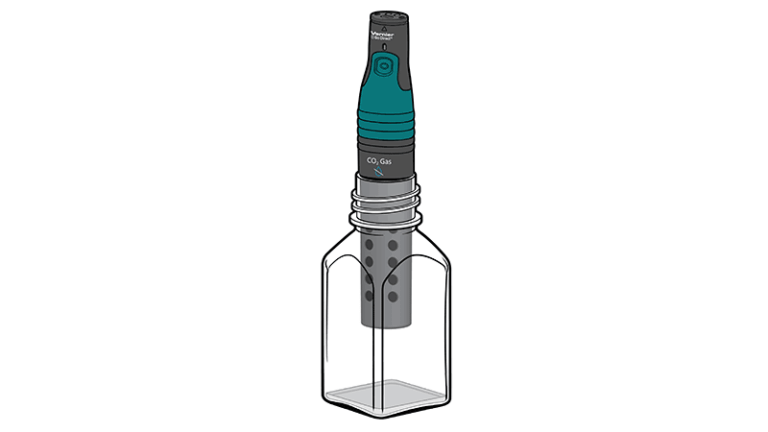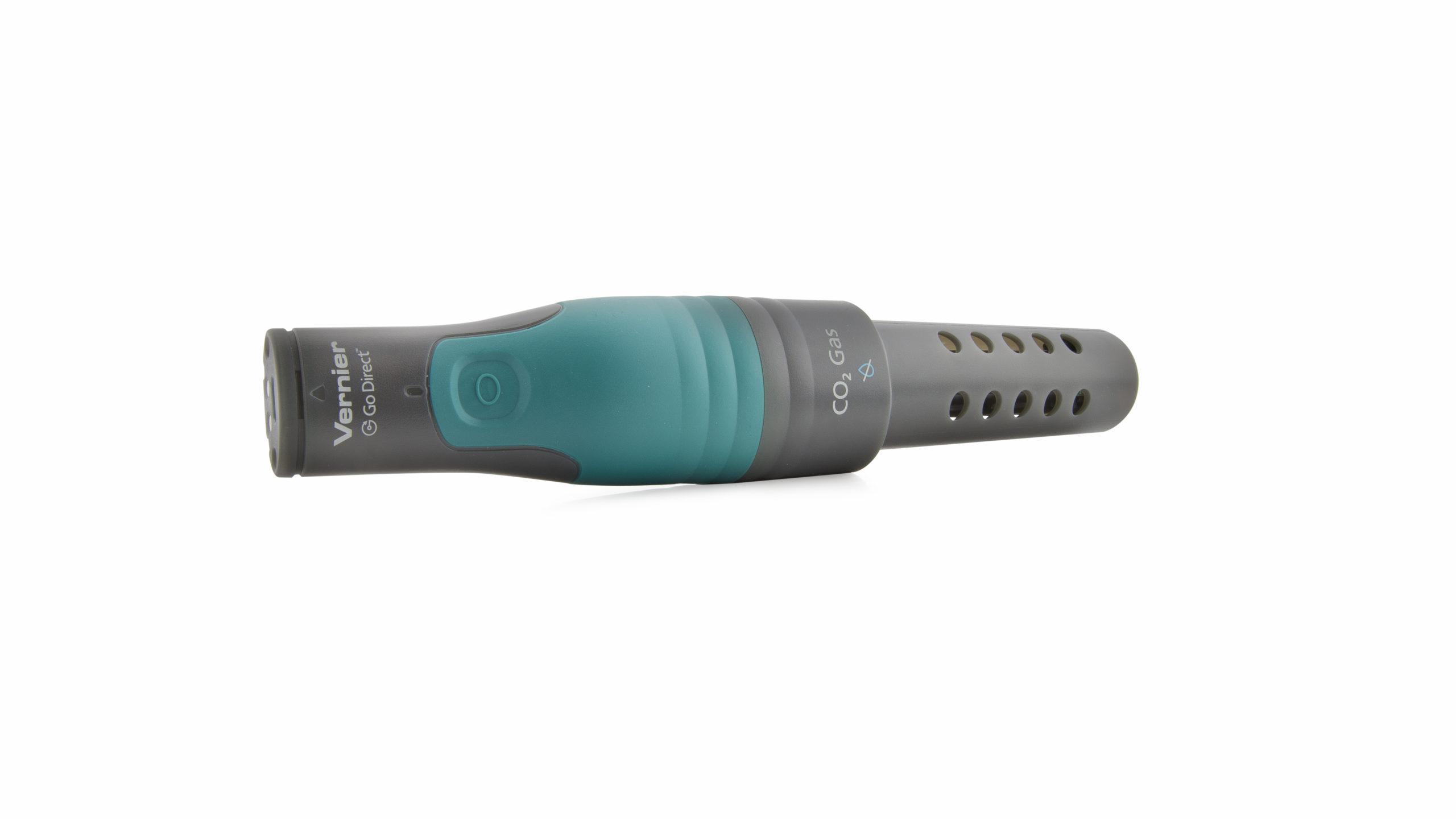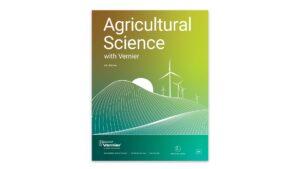Respiration of Sugars by Yeast
Experiment #6A from Agricultural Science with Vernier
- Subject
- Agricultural Science

Introduction
Yeast are able to metabolize some foods, but not others. In order for an organism to make use of a potential source of food, it must be capable of transporting the food into its cells. It must also have the proper enzymes capable of breaking the food’s chemical bonds in a useful way.
Sugars are vital to all living organisms. Yeast are capable of using some, but not all sugars as a food source. Yeast can metabolize sugar in two ways, aerobically, with the aid of oxygen, or anaerobically, without oxygen.
In this lab, you will try to determine whether yeast are capable of metabolizing a variety of sugars. When yeast respire aerobically, oxygen gas is consumed and carbon dioxide, CO2, is produced. You will use a CO2 gas sensor to monitor the production of carbon dioxide as yeast respire using different sugars. The four sugars that will be tested are glucose (blood sugar), sucrose (table sugar), fructose (fruit sugar), and lactose (milk sugar).
Objectives
- Use a CO2 Gas Sensor to measure concentrations of carbon dioxide.
- Determine the rate of respiration by yeast while using different sugars.
- Determine which sugars can be used as a food source by yeast.
Sensors and Equipment
This experiment features the following sensors and equipment. Additional equipment may be required.
Option 1

Option 2

Ready to Experiment?
Ask an Expert
Get answers to your questions about how to teach this experiment with our support team.
- Call toll-free: 888-837-6437
- Chat with Us
- Email support@vernier.com
Purchase the Lab Book
This experiment is #6A of Agricultural Science with Vernier. The experiment in the book includes student instructions as well as instructor information for set up, helpful hints, and sample graphs and data.

